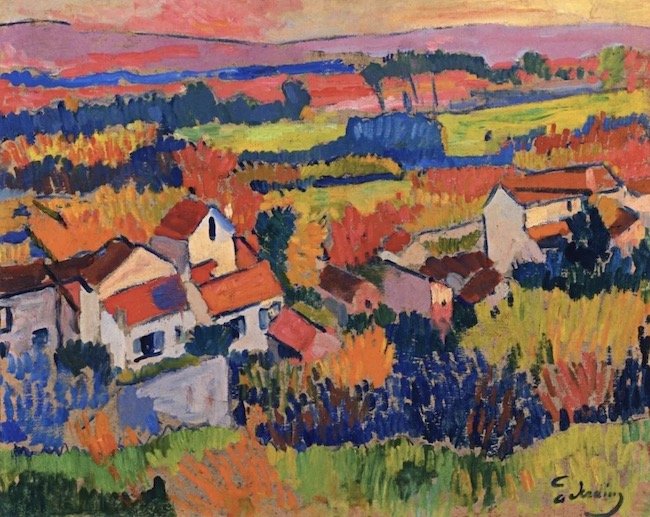Image: André Derain
In the summer of 1905, two french artists, Henri Matisse and André Derain, spent weeks painting in Collioure, a seaside town in the south of France. The work they produced was daring and boldly colourful. It was during the first exhibit of their paintings in Paris that an art critic referred to them as “les fauves,” or “the wild beasts.” Fauvism, as this new style became known as, was a radical departure from the art movements that came before it – Impressionism and Post Impressionism.
In 2024, New York City’s Metropolitan Museum of Art’s presented the exhibition, Vertigo of Color: Matisse, Derain and the Origins of Fauvism, saying that the two artists…“manipulated color in radical ways—nature took on hues responding to the artists’ sensations rather than reality.” The Fauvists worked quickly, using bold brushstrokes and often using colours directly from the tubes. The use of complementary colours dominated their work: oranges with blues, purples with yellows and magenta with green. Throwing caution to the wind, they focused on colours that suited their mood, not necessarily what they witnessed. Fauvism was controversial, exciting and short-lived, lasting only four years, from 1905-1908.
Image: Henri Matisse

